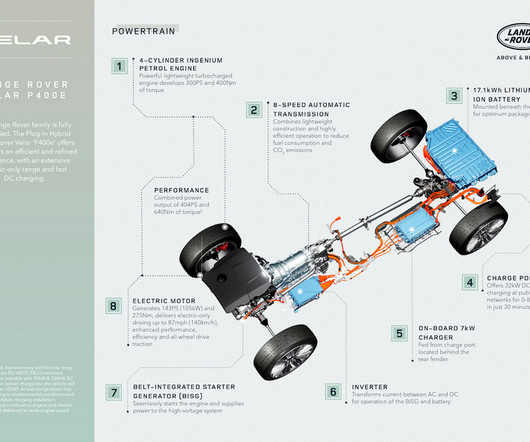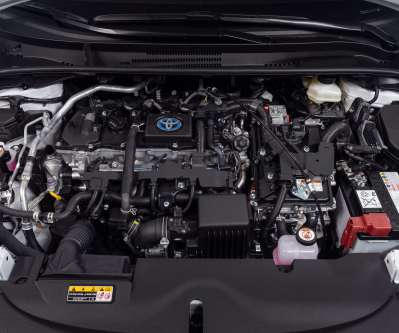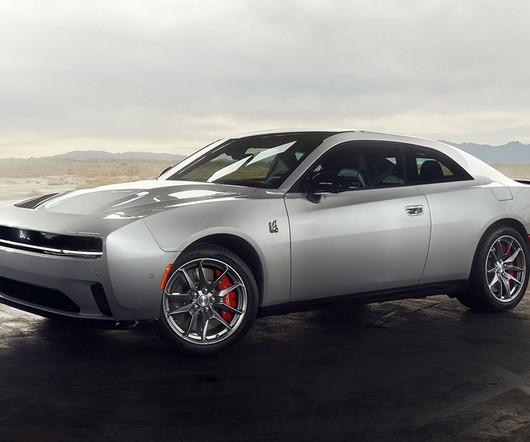Corning expands light-duty vehicle exhaust filter capacity in Germany
Green Car Congress
NOVEMBER 1, 2014
Corning Incorporated has boosted its light-duty vehicle filter capacity at its manufacturing facility in Kaiserslautern, Germany for both gasoline and diesel engined vehicles. Diesel vehicle manufacturers are striving for greater engine performance and fuel economy while meeting Euro 6 emissions standards under a myriad of driving conditions.




































Let's personalize your content